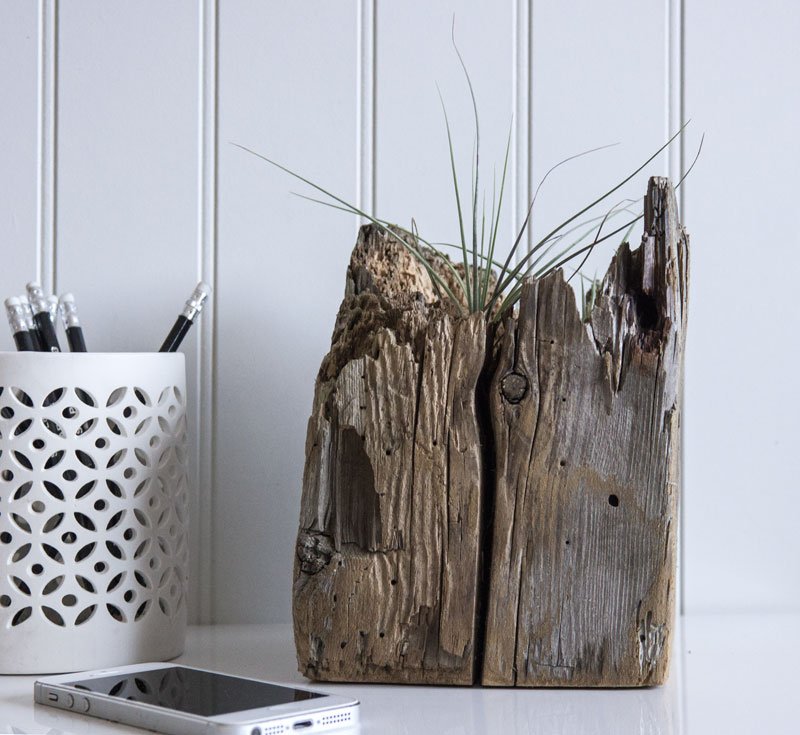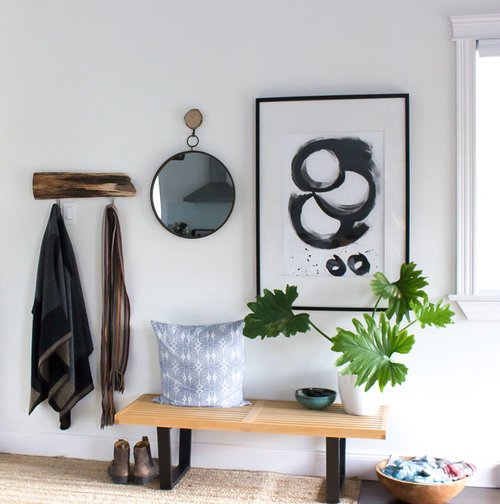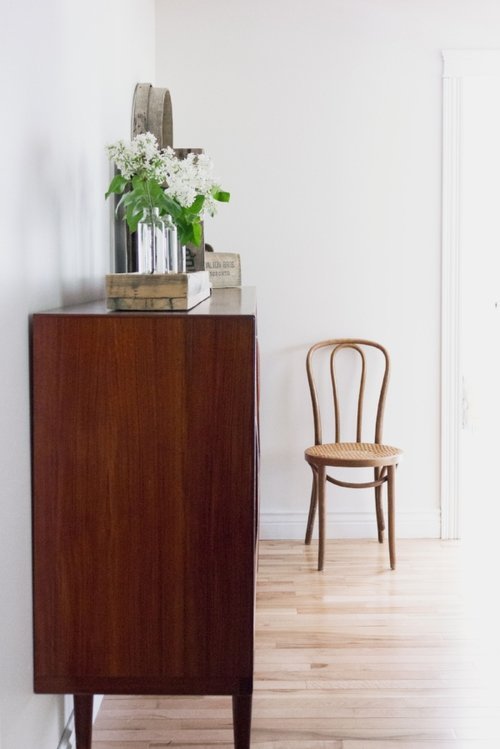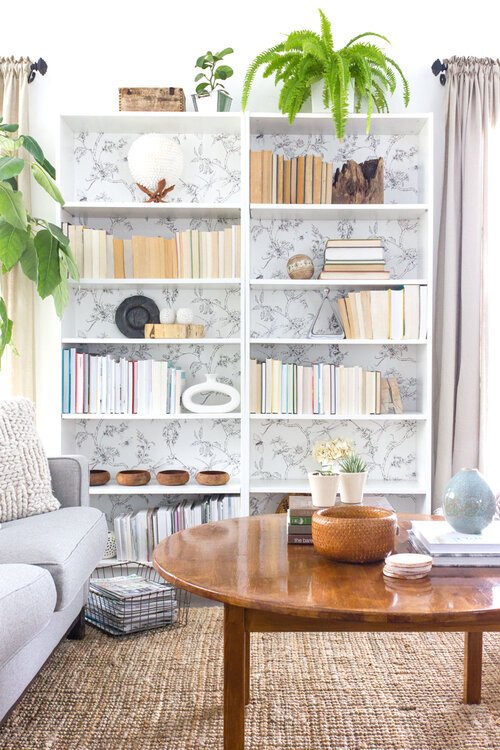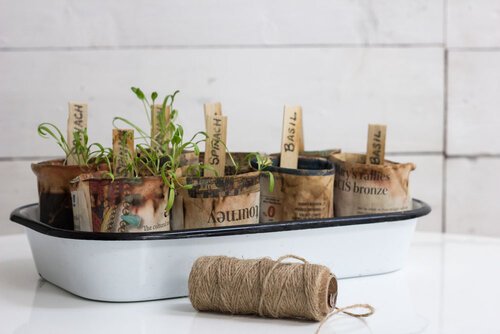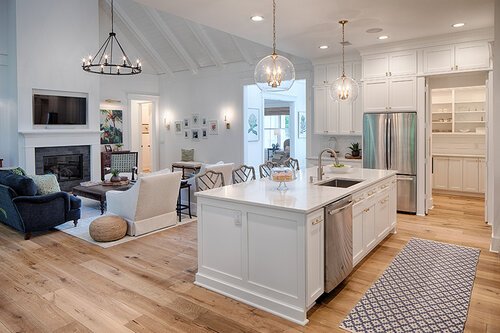Top Eco-Friendly Alternatives To Vinyl Flooring
I always recommend keeping the floor you've already got as the most sustainable flooring choice. But for many of us that's not possible, as is the case with my parents who've had to remove the tile in their bathroom in order to replace the tub and change the footprint of the room. They're looking for an inexpensive flooring material; vinyl is of course the cheapest and most readily available option.
But beware vinyl flooring.
Here's why:
-Vinyl is made of PVC and off-gasses in your home. What you are breathing in can hurt your lungs, contribute to asthma and potentially lead to even more serious health conditions over a long exposure time.*
-All of that PVC creates a huge environmental impact, from manufacturing right through to disposal, since it is not recylcable and does not break down.
-It won't last as long as other more durable options, meaning over the long run it will cost you as much as other materials anyway.
* Let me state that the vinyl industry is working on improvements to the material that will lessen both the health and environmental impacts, so hopefully good things are on their way. By doing some research I did find that Armstrong has come out with a vinyl flooring product that emits lower VOCs, so that is a step in the right direction.
4 INEXPENSIVE ALTERNATIVES TO VINYL FLOORING
1. Cork.
Cork comes is sustainable because it comes from a rapidly renewable source, but of course you must weigh how far it's been shipped to get to you. Cork can easily be installed as a click-together floating floor or as glued-down tiles. It's naturally insulating, so is warm on the tootsies, and it's impermeable to liquid - perfect for bathrooms or kitchens. I wrote more about using cork here. Stylish options can be found at hardware and flooring stores, and also online. Cost: $3-12 per sqft.
2. Linoleum.
Yep, this is the stuff that is under three other layers of flooring in houses dating back into the 19th and early half of the 20th centuries. It's making a comeback. Made from linseed oil, powdered cork, powdered wood, limestone, jute and pine, linoleum is catching on as a sustainable flooring option. The raw materials are rapidly renewable, and it is recyclable - even biodegradable, given enough time. Though a bit more expensive than vinyl, it will hold up to heavy traffic, lasting for many years. Can be more tricky to install though, and you may want to use a professional. Marmoleum is one of the most readily available brands, and has a great overview here. Cost: $3-7 per sqft.
3. Reclaimed hardwood.
A popular style right now, using reclaimed planks for a bath is an option that saves on buying new material, and will last forever. Water resistant and comfy, reclaimed wood can simply be covered with a water based sealer to let the natural beauty shine through, or painted to create a country cottage look. Easy to find and install. Cost: $0-5 per sqft, depending on availability in your area.
4. Recycled-content tile.
Ceramic, porcelain, glass and even cement tile that has a high recycled-material content is becoming more available and in more style options. Durable and with a long life-cycle, recycled-content tile can be a sustainable option. As long as you can rent a tile cutter, it's pretty easy to install. Can be cold on the feet though. Cost: $5-15 per sqft.
Choosing sustainable flooring for better indoor air quality and to lessen environmental impact will be healthy for both your family and the planet. With such stylish and cost-effective options available, how can you not?







